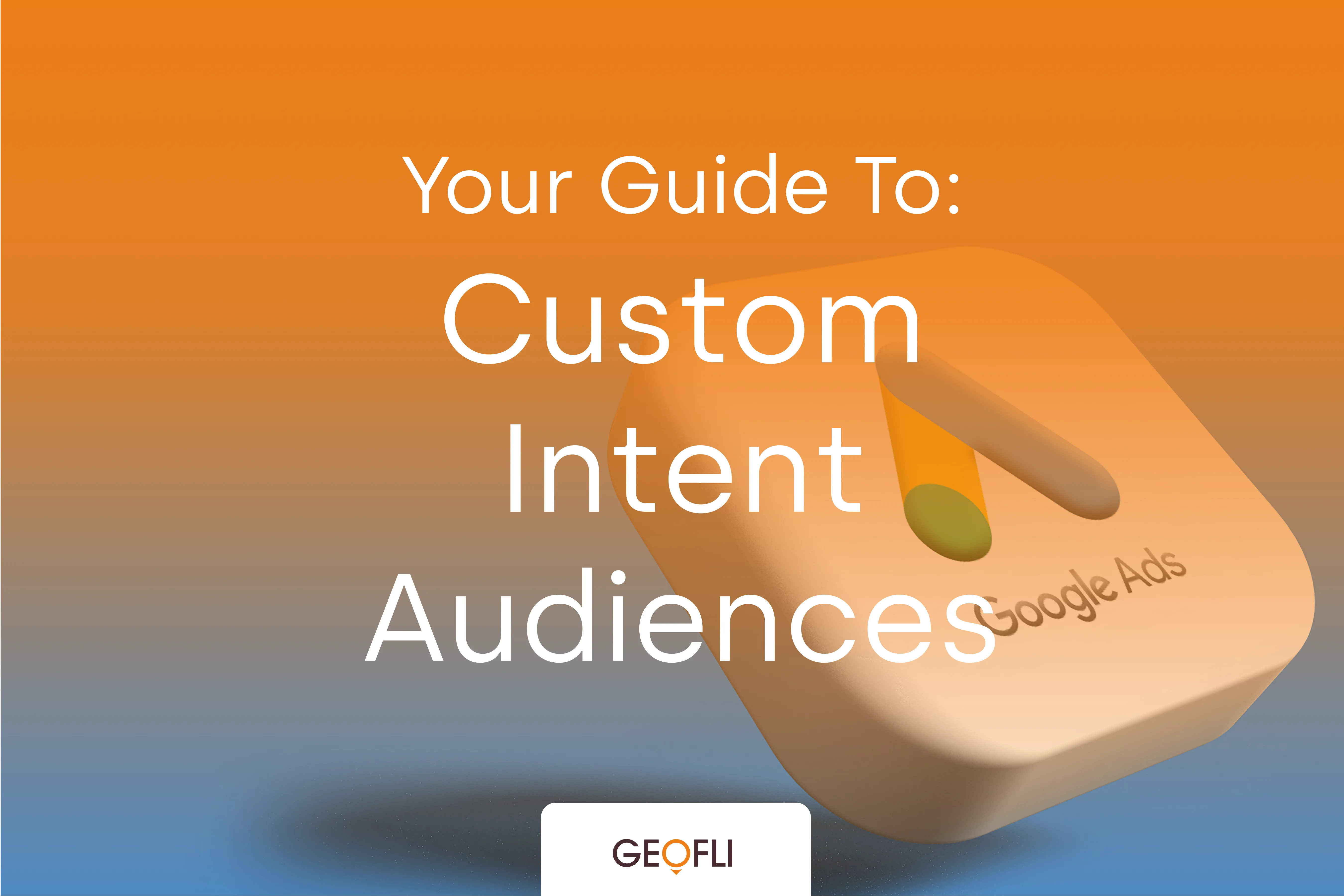Just about every operating business has more than one demographic in their audience. While your audience has at least one thing in common — being a member of your audience — they are different groups. And these different groups have a variety of problems, needs, and wants. For example, if you’re a publication like Time Out where you produce articles based on different areas of the world, you will want to ensure your efforts are reaching the right people. Someone living in New York will want to be fed “The 10 Best Winter Escapes in Boston” article instead of “The 10 Best Winter Escapes in Phoenix.”
It seems like a minor change, but a geo-optimized site converts as much as 30% more than a site without geo-targeted content. Website personalization for different seasons and audiences is a great way to increase conversion rates while also decreasing your bounce rate.
Delivering Content Relevant to Your Audience
When was the last time you landed on a web page and left because you realized there are better options? In this case, do you keep scrolling through the website, or look elsewhere for a better answer?
Similarly, if your audience is not met with relevant content within the first few seconds of landing on your page, they will most likely search elsewhere for a solution that is more relevant to them.
In today’s world, there are tons of ways to customize your website throughout the year to better align with the experience of your audience. Through this process, you may want to review each major geo-location of your client base and ask yourself:
- What motivates my audience?
- Do they have unqiue strengths?
- What are their weaknesses?
Website Personalization: Adjusting Content to the Needs of Your Audience
Even if you serve a national audience as opposed to a global audience, there are still geo-specific optimizations you can implement to your site. These changes can be implemented throughout the year to increase conversion rates. Let’s take a look at a quick example:
Pretend you own an HVAC services company that serves nationwide. Throughout the year, the needs of your customers may change depending on where they are located. Your New York client may switch from needing AC in the summer to heating and ventilation services in the winter. However, it is less likely a client in Miami will inquire about heating services, even in the winter months.
In this case, you would use website personalization for different seasons and locations. For your clients living in the winter chill, you may choose to use GeoFli to create a home page banner that advertises heating and ventilation services. However, for website visitors in Los Angeles, you may showcase your AC services at the top of the page.
Similarly, if you own a shop that contains a wide variety of outdoor tools, you would not waste your time by advertising a snow shovel in your home page banner to users in states where it does not snow. Instead, you would user website personalization for the different seasons and audiences. This means providing a product or service that is more relevant to someone living through winter without snow.
Visually speaking, the landing page for each member of your audience should make sense. If it’s the holiday season, you will want to feed your Chicago audience visuals of a white, snowy Christmas. Of course, this imagery does not bode well with a southern audience and should be optimized for such.
Localizing Your Site Copy
While the imagery and feel of your website are important to consider, localizing your site copy can not be overlooked. Quite literally, you will want to speak the language of your audience. This may require a bit of research and asking around to truly know the linguistic nuances of your audience. However, the extra time and research are worth it. Not to mention, localizing your site copy to better match your client’s specific needs is also great for optimizing your site content for local SEO.
An easy way to learn about different members of your audience is by using the Google AdWords Keyword Planner tool. This tool allows you to analyze the most asked questions and queries on Google for a specific location. This is a great way to highlight your audience’s concerns, priorities, needs, wants, and pain points according to their location. You can then use these geo-specific queries to write a better landing page that directly speaks to your audience.





